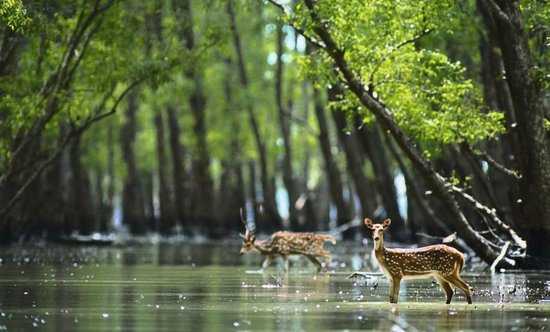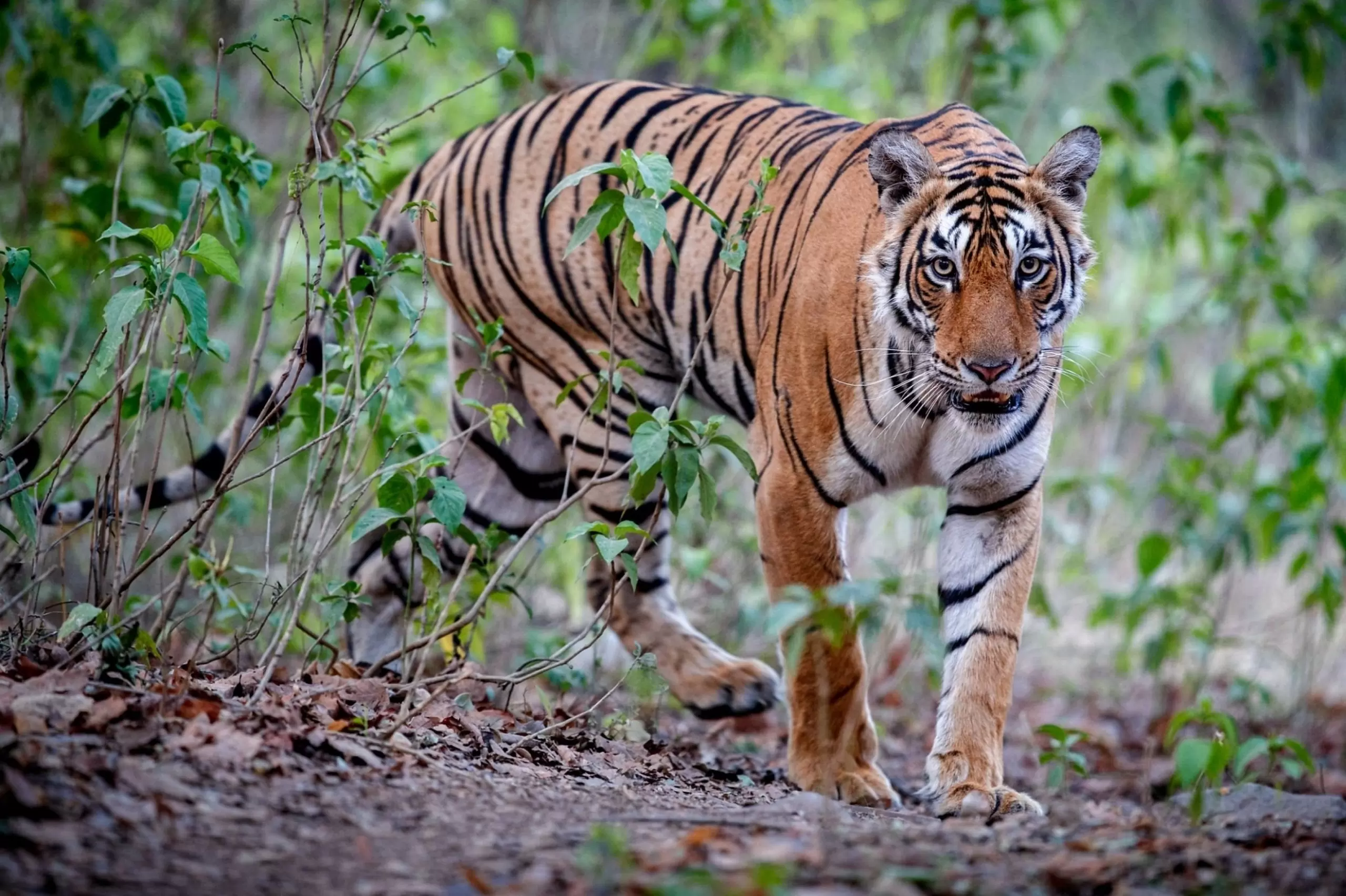

Planning a trip to the Sundarban, the world’s largest mangrove forest, requires careful consideration of the suitable session for your visit. The Sundarban’s unique ecosystem and diverse wildlife make it a captivating destination, but choosing the right time can significantly enhance your experience. In this blog post, we’ll explore the best time to visit Sundarban, taking into account weather patterns, wildlife activity, and seasonal highlights.
The Sundarban experiences a tropical monsoon climate with distinct seasons. Each season offers a different perspective of this remarkable ecosystem:
Winter (November to February)
Spring (March to April)
Summer (May to June)
Monsoon (July to October)
Understanding these seasonal variations is crucial for determining the suitable session for planning your Sundarban trip.
While the Sundarban can be visited year-round, the period from November to February is generally considered the best time to plan your trip. This winter season offers pleasant weather conditions and optimal wildlife viewing opportunities. However, each season has its unique charm and advantages, which we’ll explore in detail.
Winter is widely regarded as the most suitable session for planning a Sundarban trip. Here’s why:
Comfortable temperatures ranging from 12°C to 25°C
Low humidity levels
Clear skies and good visibility
Increased wildlife activity, especially for bird watching
Ideal conditions for boat safaris and nature walks
During this season, you’re more likely to spot the elusive Bengal tiger, as they often come to the riverbanks to bask in the sun. The pleasant weather also makes it easier to explore the mangrove forests and enjoy longer outdoor activities.
Spring offers a transition period between winter and summer, presenting its own set of advantages:
Moderate temperatures (20°C to 35°C)
Blooming flora, adding color to the landscape
Good visibility for wildlife spotting
Fewer tourists compared to peak winter season
This season is particularly suitable for nature enthusiasts interested in the Sundarban’s diverse plant life. You may also have a chance to witness migratory birds before they depart for the summer.
Summer in the Sundarban can be challenging due to high temperatures and humidity. However, it does offer some unique experiences:
Temperatures ranging from 25°C to 40°C
Increased chances of spotting wildlife near water sources
Possibility of witnessing nesting sea turtles on the beaches
Fewer tourists, resulting in a more serene experience
If you can tolerate the heat, summer can provide some exceptional wildlife viewing opportunities as animals congregate near water bodies to cool off.
The monsoon season brings heavy rainfall to the Sundarban, transforming the landscape:
Frequent rainfall and high humidity
Lush green vegetation and rejuvenated ecosystems
Limited tourist activities due to weather conditions
Potential for unique photography opportunities
While not the most suitable session for planning a Sundarban trip for most visitors, the monsoon season offers a different perspective of the mangrove forest’s beauty and resilience.
The Sundarban is home to a diverse array of wildlife, including:
Bengal tigers
Saltwater crocodiles
Spotted deer
Wild boars
Various bird species
To maximize your chances of wildlife sightings, consider the following tips:
Book a reputable guide or tour operator
Opt for early morning or late afternoon safaris
Be patient and quiet during wildlife viewing
Bring binoculars and a good camera
Respect the animals and maintain a safe distance
Remember that wildlife sightings are never guaranteed, but visiting during the suitable session increases your chances of memorable encounters.
When planning your Sundarban trip, consider the following factors:
Duration: A typical trip lasts 2-3 days, but longer stays allow for more in-depth exploration.
Accommodation: Choose from eco-lodges, houseboats, or forest department rest houses.
Transportation: Most trips involve boat safaris, so ensure you’re comfortable with water travel.
Permits: Obtain necessary permits from the West Bengal Tourism Department or through your tour operator.
Packing: Bring appropriate clothing, insect repellent, sunscreen, and any necessary medications.
For more information on planning your visit, check out the official West Bengal Tourism website.
Choosing the suitable session for planning your Sundarban trip is crucial for an enjoyable and memorable experience. While winter (November to February) is generally considered the best time to visit, each season offers unique perspectives on this remarkable ecosystem. Consider your personal preferences, tolerance for different weather conditions, and specific interests when deciding on the timing of your trip. Regardless of when you choose to visit, the Sundarban’s natural beauty and diverse wildlife are sure to leave a lasting impression. Plan your journey wisely, respect the environment, and prepare for an unforgettable adventure in one of the world’s most unique destinations.
Ready to plan your Sundarban adventure? Book your trip now and experience the wonders of this incredible mangrove forest!


